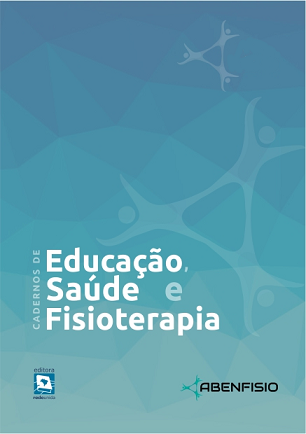FUNCTIONING OF CHILDREN AND ADOLESCENTS AFTER INTENSIVE CARE: A LONGITUDINAL STUDY.
DOI:
https://doi.org/10.18310/2358-8306.v10n20.a13Keywords:
crianças, estado funcional, resultados de cuidados críticos, unidade de terapia intensiva pediátrica, gravidade da doençaAbstract
Objectives: to evaluate and monitor the functionality of children and adolescents admitted to the PICU, from pre-admission to six months after hospital discharge. Methods: an observational, prospective, and analytical study, carried out in the PICU of a public and private hospital, in the city of Ipatinga, Minas Gerais. Demographic, socioeconomic, clinical information, assessment of functionality using the Pediatric Functional Status Scale (EEF-P), and risk of death using the Pediatric Risk of Mortality II (PRISM II), Pediatric Mortality Index 2 (PIM2), and Pediatric Logistic scores were collected. Organ Dysfunction (PELOD). Results: 102 children and adolescents participated in the study. The average age was 9.1 years. The total score and by domains of the EEF-P showed a significant difference at different assessment moments. Final considerations: the proportion of children and adolescents with moderate, severe, and very severe dysfunction was higher upon admission to the PICU compared to other evaluation periodsDownloads
Published
2024-07-02
Issue
Section
Artigos originais
License
- Autores mantém os direitos autorais e concedem à revista o direito de primeira publicação, com o trabalho simultaneamente licenciado sob aLicença Creative Commons Attribution que permite o compartilhamento do trabalho com reconhecimento da autoria e publicação inicial nesta revista.

